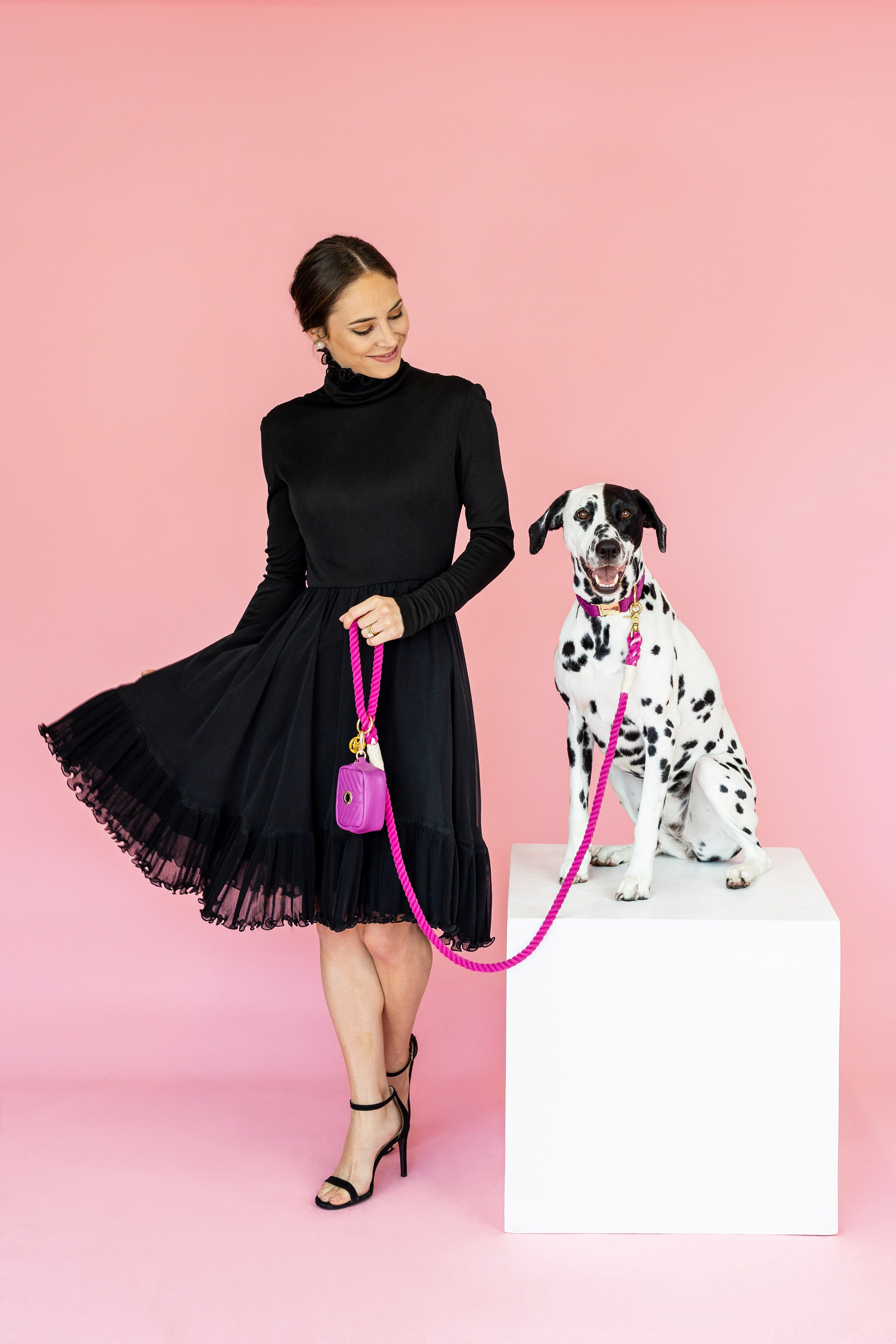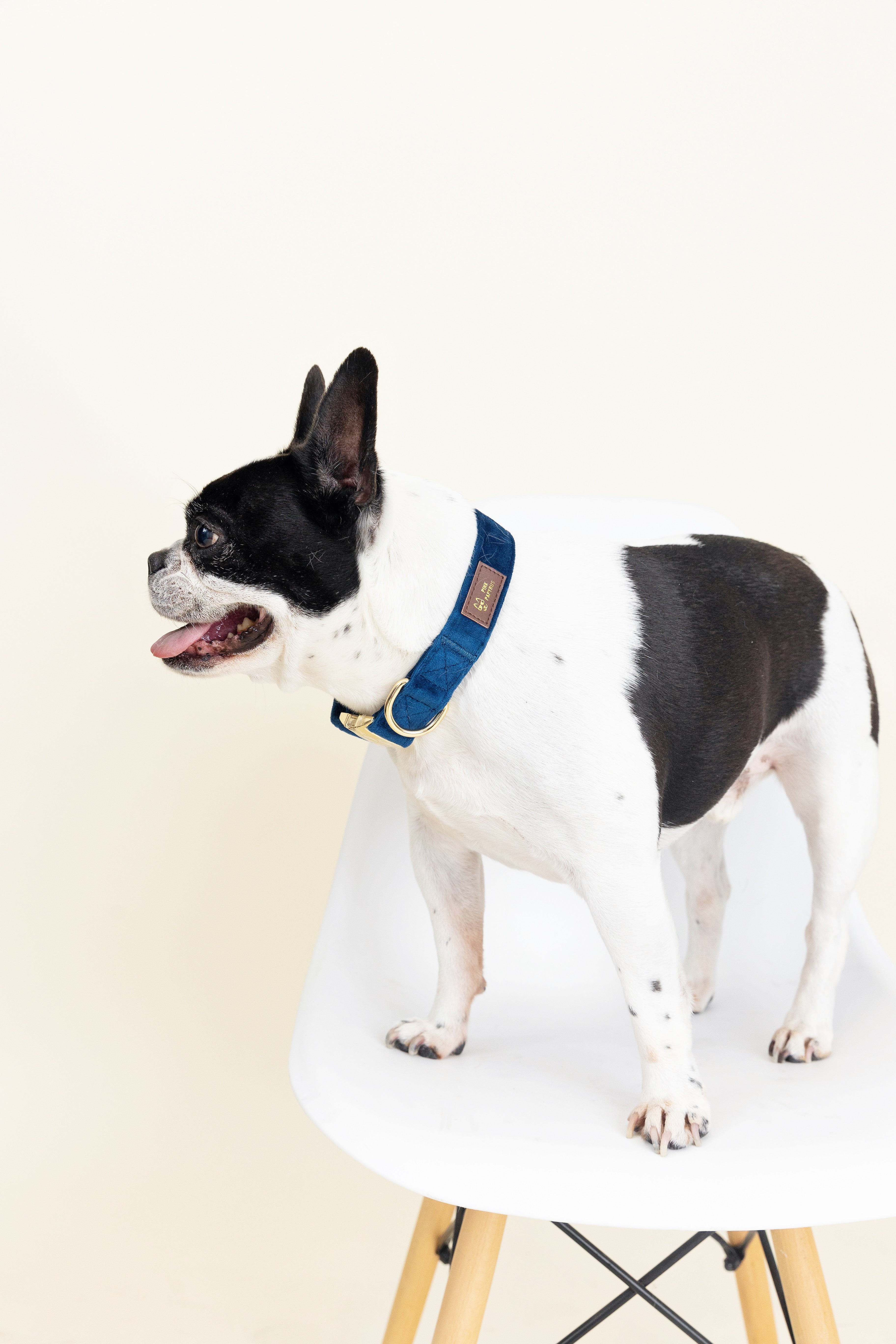Article: How To Discipline A Puppy (Without Being Harsh)
How To Discipline A Puppy (Without Being Harsh)
Puppies are adorable… and sometimes a little mischievous. From chewing your shoes to ignoring “sit,” they’re learning how to live in your world. The good news? Discipline doesn’t have to mean punishment. With patience, positive reinforcement, and the right tools, you can raise a well-behaved, happy dog who listens because they want to—not because they’re scared to.
Who This Is For
This guide is for:
-
New puppy parents navigating training challenges
-
Dog owners who want to build good habits early
-
Anyone looking for kind, effective discipline techniques
1. Understand Why Puppies Misbehave
Puppies don’t act out to be bad—they’re exploring. Chewing, barking, and biting are all normal puppy behaviors that stem from curiosity, teething, and excitement.
✅ The goal: Redirect, don’t punish. Show them what to do instead of what not to do.
2. Reward Good Behavior Immediately
Positive reinforcement is the cornerstone of good training.
-
Keep treats handy in a treat pouch for instant rewards.
-
Use calm, happy praise (“good sit!”) the moment they get it right.
-
Ignore minor bad behavior instead of reacting emotionally.
👉 Shop our Treat Pouches for quick, stylish access to rewards during walks and playtime.
3. Use Timeouts Sparingly
If your puppy gets too nippy or wild, give them a short break in a safe, quiet space.
-
Never yell or use physical punishment—it damages trust.
-
Keep timeouts brief (1–2 minutes is plenty).
-
Reintroduce calmly once they’ve settled.
4. Stay Consistent
Consistency builds understanding.
-
Use the same commands every time (“sit,” “stay,” “leave it”).
-
Everyone in the household should follow the same rules.
-
Stick to predictable feeding, walking, and training times.
💡 Puppies feel secure when they know what to expect—a structured routine is one of the kindest forms of discipline.
5. Redirect Problem Behaviors
When your puppy does something unwanted, gently redirect.
-
Chewing: Offer a toy instead of scolding.
-
Jumping: Ask for a “sit” and reward calm greetings.
-
Barking: Distract with a cue or activity they enjoy.
👉 Lick mats are amazing for redirecting energy. Try spreading peanut butter or yogurt on a Pink Papyrus Lick Mat for instant calm.
6. Use Gear That Supports Training
The right accessories make good behavior easier.
-
Harnesses protect growing necks during leash training.
-
Collars hold ID tags and help with early leash work.
-
Hands-free leashes keep your movements relaxed and consistent.
👉 Explore our Harness Collection and Leashes designed for comfort and control.
7. Be Patient—They’re Learning You, Too
Discipline is about communication, not control. Puppies want to please you—they just need time to understand how. Stay patient, stay positive, and celebrate progress over perfection.
FAQs
Q: How do you punish a puppy effectively?
A: Skip punishment! Use positive reinforcement instead—reward what you want to see, and ignore or redirect unwanted behavior.
Q: What should I do if my puppy bites?
A: Calmly say “ouch” and stop playtime for a minute. This mimics how littermates teach bite inhibition.
Q: How long does it take for a puppy to learn basic discipline?
A: Most puppies learn core commands within 2–3 months with daily, consistent training.
Written by Christine Abdelmalek
Founder and SHE-E-O of Pink Papyrus
Obsessed with crafting dog accessories—beautiful, brilliantly functional, and made with love.



